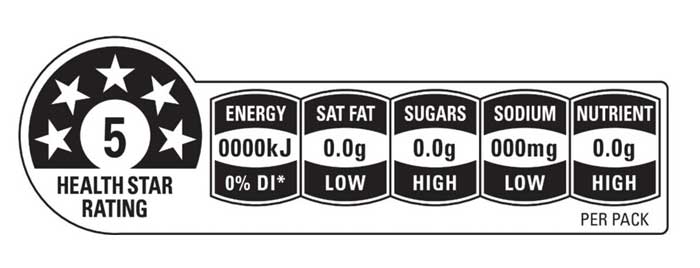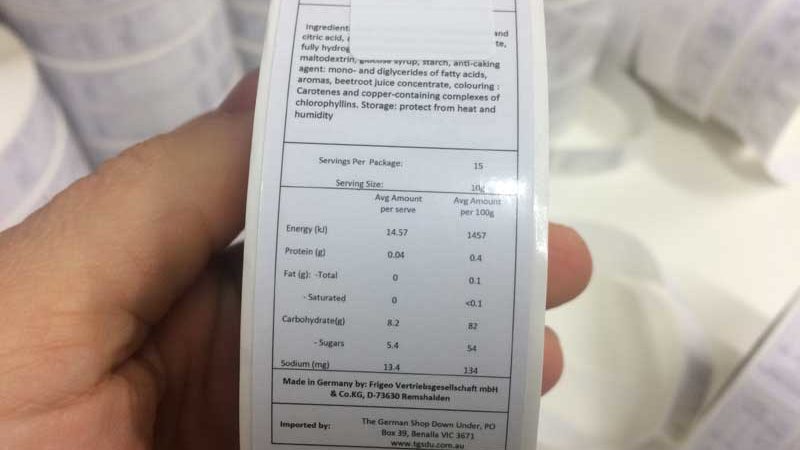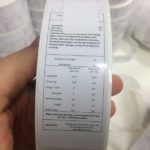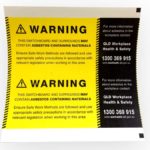How to Read Food Labels
In today’s fast-paced world, making healthy food choices is more important than ever. One way to ensure you’re making informed decisions about the food you consume is by understanding how to read food labels. In Australia, food labeling is a legal requirement, providing valuable safety and nutritional information to consumers. This guide will walk you through the essential aspects of food labels and how to decipher them effectively, empowering you to make healthier dietary choices.
What’s on the Food Label?
The food nutrition label is a treasure trove of information that can significantly impact your dietary decisions. Here’s a breakdown of what you’ll typically find on a food label:
- Product Information: This includes the product name, which accurately describes what it is, and the brand name.
- Ingredients: The ingredients are listed in descending order of weight, with the largest quantity ingredient listed first. This information helps you understand what goes into the product.
- Nutritional Information: This section provides crucial details about the average amount of energy (in kilojoules), fat, protein, sugars, and salt in the product.
- Percentage Labelling: This indicates how much of the primary ingredients the product contains, allowing you to compare it to other similar products.
- Use-By or Best-Before Date: This date is crucial for ensuring food safety and freshness.
- Manufacturer Details: Information about the company responsible for producing the food.
- Weight: The weight of the product helps you understand its size.
- Allergen Information: Details about common allergens present in the product.
- Food Additives: A list of any additives used in the food.
- Directions for Use and Storage: Instructions on how to use and store the product safely.
- Country of Origin: The country where the food was produced.
How to read food nutrition labels
Nutrition labels on food labels can be both informative and misleading. Some common claims include ‘gluten-free,’ ‘low GI,’ ‘low fat,’ ‘reduced salt,’ or ‘high fiber.’ While these claims suggest health benefits, it’s essential to remember that they’re based on strict government criteria. However, just because a product makes a nutrition claim doesn’t necessarily mean it’s a healthy choice. For example, a ‘low-fat’ product may contain more kilojoules than a similar item. To make informed choices, always refer to the Nutrition Information Panel.
How to Read the Nutrition Information Panel
The Nutrition Information Panel provides detailed information about the nutrients in a standard serving of the product. It’s an invaluable tool for comparing similar packaged foods. Here’s what to look for:
- Energy (Kilojoules): This measures the energy content of the food. To manage weight effectively, it’s crucial to consume fewer kilojoules than you burn. Be cautious of discretionary or junk foods that contain over 600kJ per serve.
- Protein: Essential for muscle growth and overall health.
- Total Fat: While fat is necessary, it’s also calorie-dense, so monitor your intake.
- Saturated Fat: High intake of saturated fat is linked to heart disease and high cholesterol levels. Opt for foods low in saturated fat.
- Carbohydrate (Total): Carbohydrates are an energy source found in various foods, including fruits, vegetables, grains, and sugary items.
- Sugar: Sugar is a type of carbohydrate. Choose foods with lower added sugar content for better health.
- Fiber: High-fiber foods, such as whole grains, improve digestion and help control appetite.
- Sodium: This indicates the salt content. Excessive salt intake is linked to health issues like high blood pressure, heart disease, stroke, and kidney problems.
Comparing Products
When comparing similar products, focus on the Nutrition Information Panel’s values per 100g or 100ml. This ensures a fair comparison. Aim to choose products with lower levels of saturated fat, sugar, and sodium per 100g, while prioritizing higher fiber content. Remember to consider the food as a whole rather than fixating on just one nutrient when making your decision.
Health Star Rating System

The Health Star Rating, displayed on the front of packaging, is a valuable tool for quickly assessing a product’s healthiness. Ratings range from ½ to 5 stars, with more stars indicating a healthier choice. This system considers ingredients that contribute to obesity and chronic diseases. While it’s a helpful guide for comparing similar packaged foods, it may not apply to fresh produce or protein-rich items like lean meats and fresh fruits and vegetables.
Reading food labels is a critical skill in making informed dietary choices. By understanding the information provided on labels and utilizing tools like the Health Star Rating system, you can take control of your nutrition and make choices that contribute to a healthier lifestyle. Remember, a well-informed consumer is a healthier consumer.





